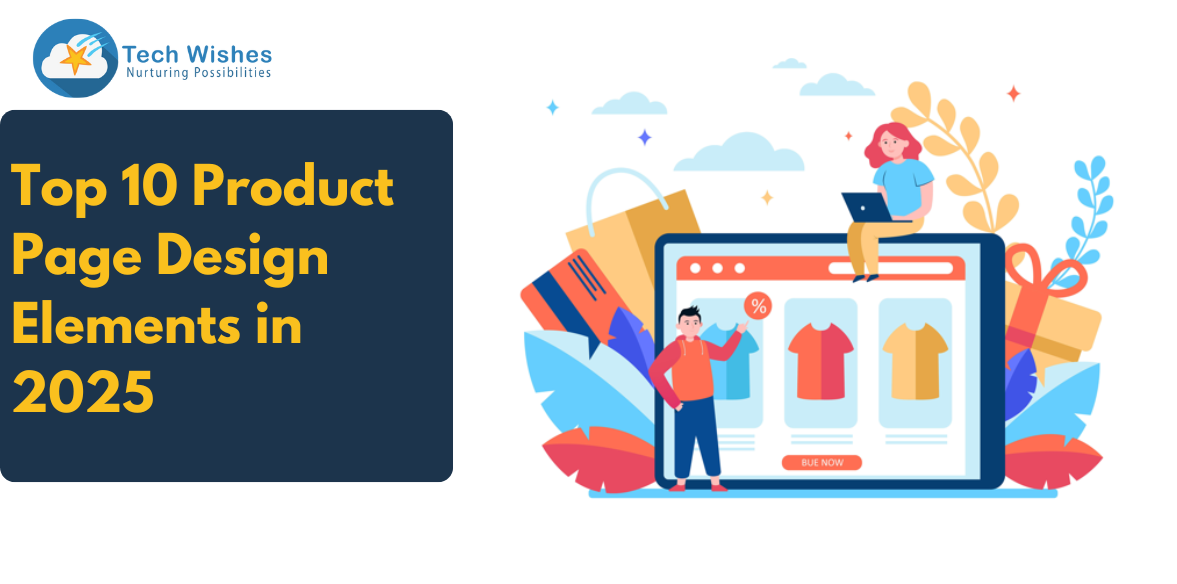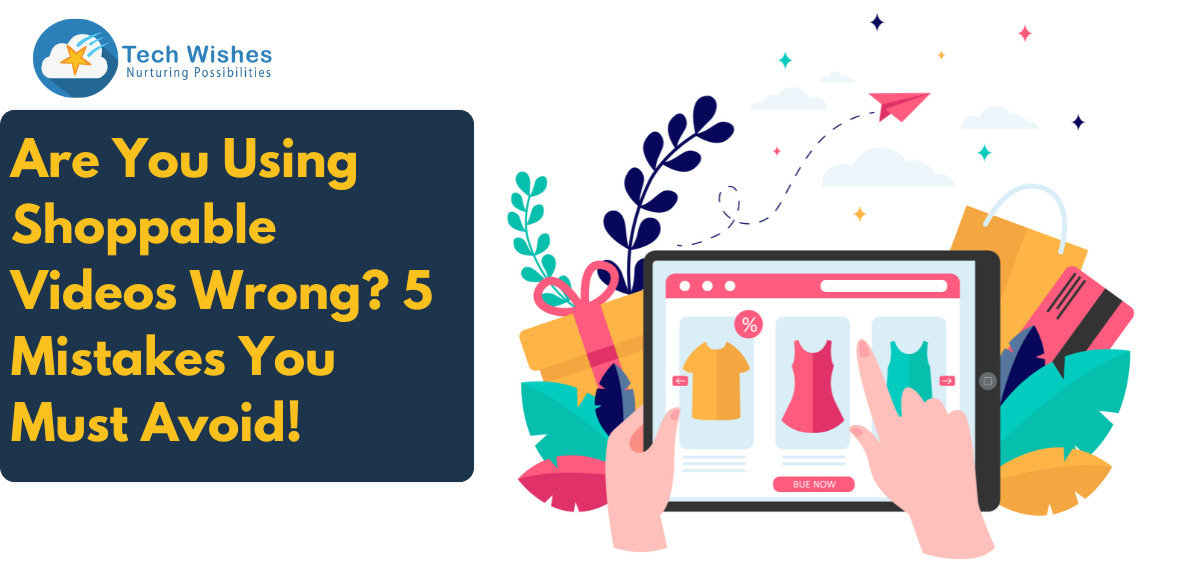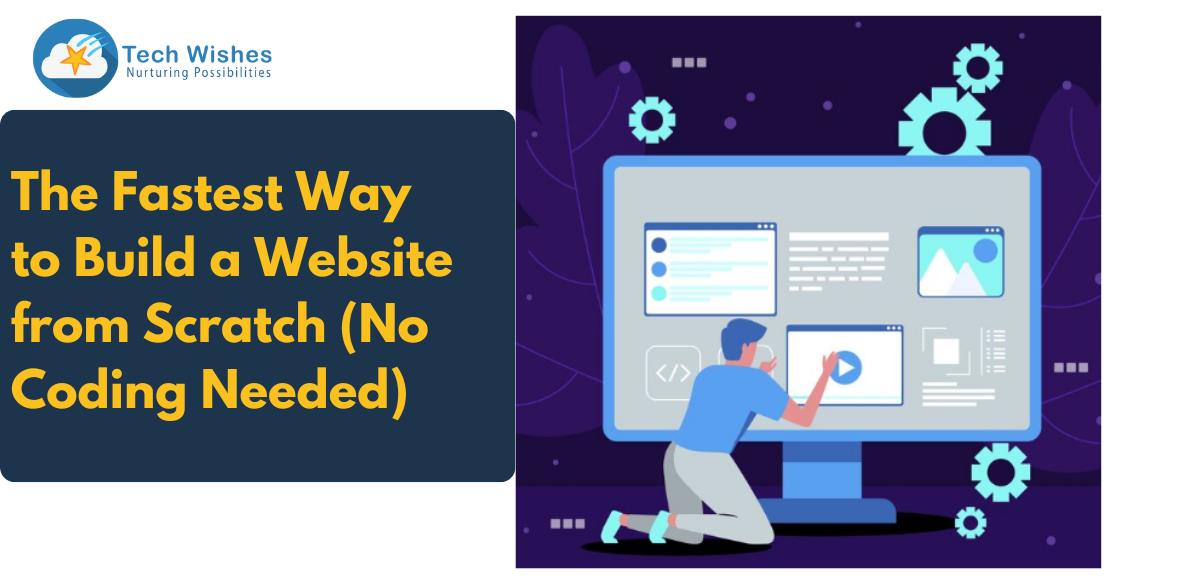User experience is crucial to the success of any website in the quicksand of the internet. Page speed is one of the crucial elements that has a big impact on user experience. The speed at which your web pages load has an impact on engagement, conversions, and even search engine rankings in addition to how visitors view your site. In this thorough article, we'll explore the significant impact that page speed has on user experience and provide tips for reducing loading times for a frictionless browsing experience.
Understanding Page Speed and Its Significance
Page speed refers to the time it takes for a web page to fully load its content. This includes images, text, videos, and interactive elements. It's important to note that page speed doesn't just affect the initial loading of the page but also the responsiveness as users interact with different elements.
The Connection Between Page Speed and User Experience
1. First Impressions Matter:
The speed at which your website loads sets the tone for the user's entire browsing experience. A slow-loading page can lead to frustration and may prompt users to abandon the site altogether. On the other hand, a fast-loading page immediately establishes a positive user perception.
2. Engagement and Interactions:
A sluggish website inhibits users from interacting with your content effectively. Slow-loading pages can lead to delayed interactions, which hampers engagement. Interactive elements like buttons, forms, and animations may not respond promptly, leaving users disengaged.
3. Conversion Rates:
The impact of page speed on conversions is profound. Studies have shown that even a mere second delay in loading time can lead to higher bounce rates and reduced conversion rates. Whether it's completing a purchase or signing up for a newsletter, users are more likely to abandon the process if the pages are slow.
Read: Strategies to Skyrocket Conversion Rates
4. Mobile Experience:
Mobile users are particularly sensitive to page speed. Mobile devices often have slower internet connections and limited processing power compared to desktops. A slow-loading mobile site can frustrate users and discourage them from staying on your site.
5. Search Engine Rankings:
Search engines like Google consider page speed as a ranking factor. Slow-loading websites are penalized in search rankings, which can have a direct impact on your site's visibility and organic traffic.
Do not miss out on Page Speed… Talk to our team of Shopify Developers who excel at Page Speed Optimization…
Optimizing Page Speed for Enhanced User Experience
1. Image Optimization:
Images are often the heaviest elements on a webpage. Optimize images by compressing them without compromising quality. Consider using next-gen image formats like WebP for faster loading times.
Read: Image Optimization for Lightning-Fast Shopify Pages
2. Minimize HTTP Requests:
Reduce the number of HTTP requests by combining CSS and JavaScript files. Each request adds to the loading time, so minimizing them can significantly improve speed.
3. Browser Caching:
Leverage browser caching to store static resources locally on users' devices. This prevents repeat visitors from needing to download the same resources each time they access your site.
4. Content Delivery Networks (CDNs):
CDNs distribute your website's content across multiple servers globally. This reduces the physical distance between users and the server, resulting in faster loading times.
Read: Content Delivery Networks (CDNs) and Their Role in Shopify Page Speed
5. Optimize Code:
Clean, efficient code can improve loading times. Remove unnecessary code, whitespace, and comments to reduce file sizes.
Read: CSS & JavaScript Optimization
6. Server Performance:
Choose a reliable hosting provider with high server performance. A slow server can undermine your efforts to optimize other aspects of your site.
Conclusion: A Swift Path to User Delight
Page speed isn't just a technical consideration; it's a critical component of user experience. A fast-loading website captures users' attention, keeps them engaged, and encourages them to convert. By optimizing loading times through various techniques, you're not only improving the technical performance of your site but also creating a seamless and delightful browsing experience that resonates with users.
Reach out to the best Shopify Developers India for more…



